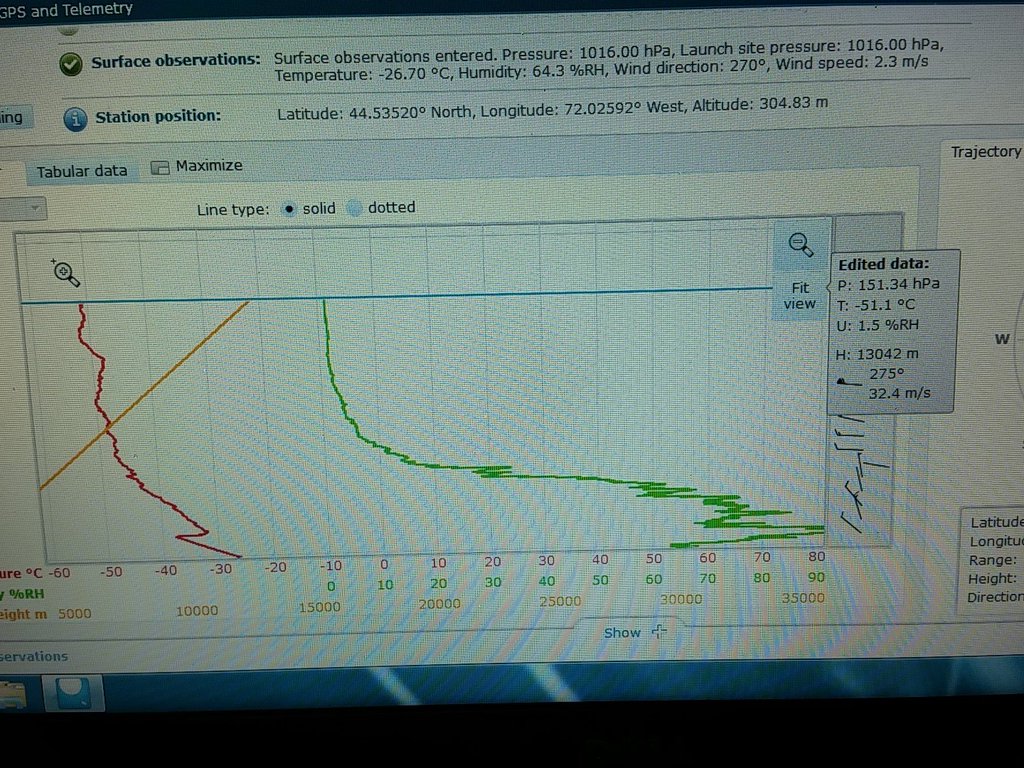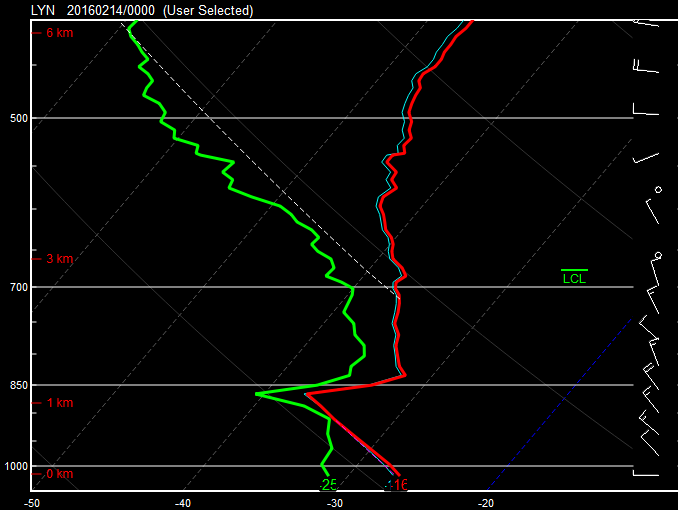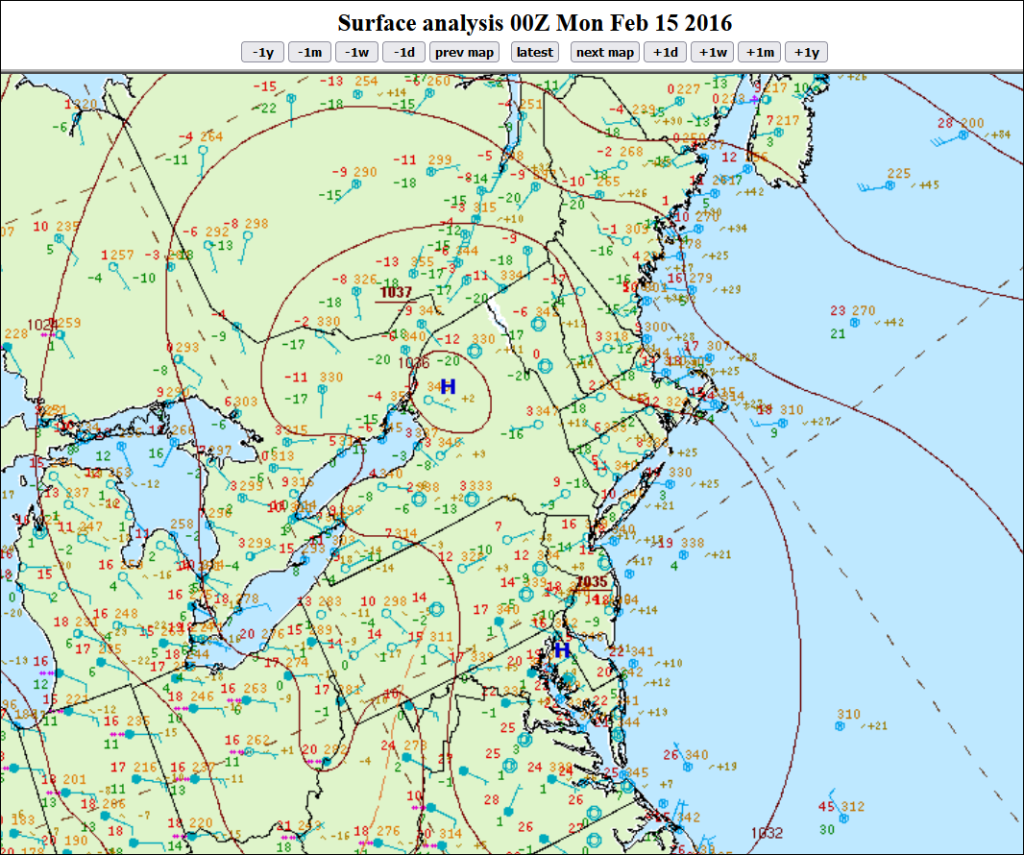Two exhibits were recently presented by ATM students and faculty at the Youth Environmental Summit in Barre, VT. The Summit is an annual conference for middle and high school students who are interested in learning about environmental issues and local involvement. Over 150 students attended this year! Dr. Jay talked to participants about citizen science and the Cocorahs program. In addition, three members of the Climate Change Communication group, Jake Fortin, Allison Fitzpatrick, and Francis Tarasiewicz, joined Dr. Hanrahan to educate students about carbon emissions.
Year: 2016
ATM Seminar: Effects of Land-Use on Water Recycling in Brazil
Dr. Stephanie Spera from Dartmouth College will present the first ATM seminar of the semester on Thursday, September 29, 2016 from 12:30-1:15 p.m. in ASAC 319. She will talk about the effects of land-use on water recycling in Brazil.
Historically, conservation-oriented research and policy in Brazil have focused on Amazon deforestation, but a majority of Brazil’s deforestation and agricultural expansion has occurred in the neighboring Cerrado biome, a biodiversity hotspot comprised of dry forests, woodland savannas, and grasslands. Resilience of rainfed agriculture in both biomes likely depends on water recycling in undisturbed Cerrado vegetation; yet little is known about how changes in land-use and land-cover affect regional climate feedbacks in the Cerrado. We’ve used remote sensing techniques to map land-use and land-cover change across the Cerrado from 2003 to 2013 and determine how these changes in land use have affected the regional water balance.
Dr. Spera earned her PhD in Earth, Environmental, and Planetary Sciences in 2016 from Brown University. She’s currently a Neukom Fellow at Dartmouth, focusing on how agricultural expansion in Brazil will affect regional climate. Dr. Spera is interested in human-environment interactions: what drives our decisions to change land cover and land use, and what are the environmental consequences of these changes. To answer these questions, she uses remote sensing and spatial statistics methodologies.
Arctic Air Mass Weather Balloon Launch
We launched a weather balloon at 7pm EST (00Z) Saturday evening to sample the arctic airmass that was over the northeast U.S. Here’s some quick facts about the sounding:
| Surface temperature | -16°F |
| Lowest temperature in sounding | -37.2°F at 864 hPa |
| 850 hPa temperature | -33.5C (-28.2°F) |
| Tropopause height (estimated) | 585 hPa (3.8km, 2.38 miles) |
| Precipitable water | 0.03″ |







